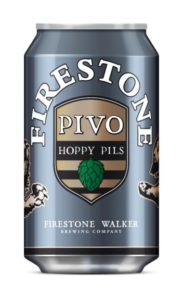Top 10 German Pilsners brewed in North America
This Top Ten List of German Pilsners is from the results of the U.S. Open Beer Championship, Great American Beer Festival, and RateBeer.com. A classic German Pilsener is very light straw or golden in color and well hopped. Hop bitterness is high. Noble-type hop aroma and flavor are moderate and quite obvious. It is a well-attenuated, medium-light bodied beer, but a malty residual sweetness can be perceived in aroma and flavor. ABV: 4.6%-5.3%. IBU: 30-40

1. Pivo – Firestone Walker Brewing – California
2. Ta Ta – Cherry Street Brewing – Georgia
3. Bosque Lager – Bosque Brewing – New Mexico
4. Couch Lager – Burnside Brewing – Oregon
5. Chico Temido – Pedernales Brewing – Texas
6. Sunshine Pils – Tröegs Brewing – Pennsylvania
7. Lokahi Pilsner Kohola Brewery Lahaina HI
8. Bayern Pilsner – Bayern Brewing – Montana
9. 3Shimmer Pils – Discretion Brewing – California
10. Victory Prima Pils – Victory Brewing – Pennsylvania